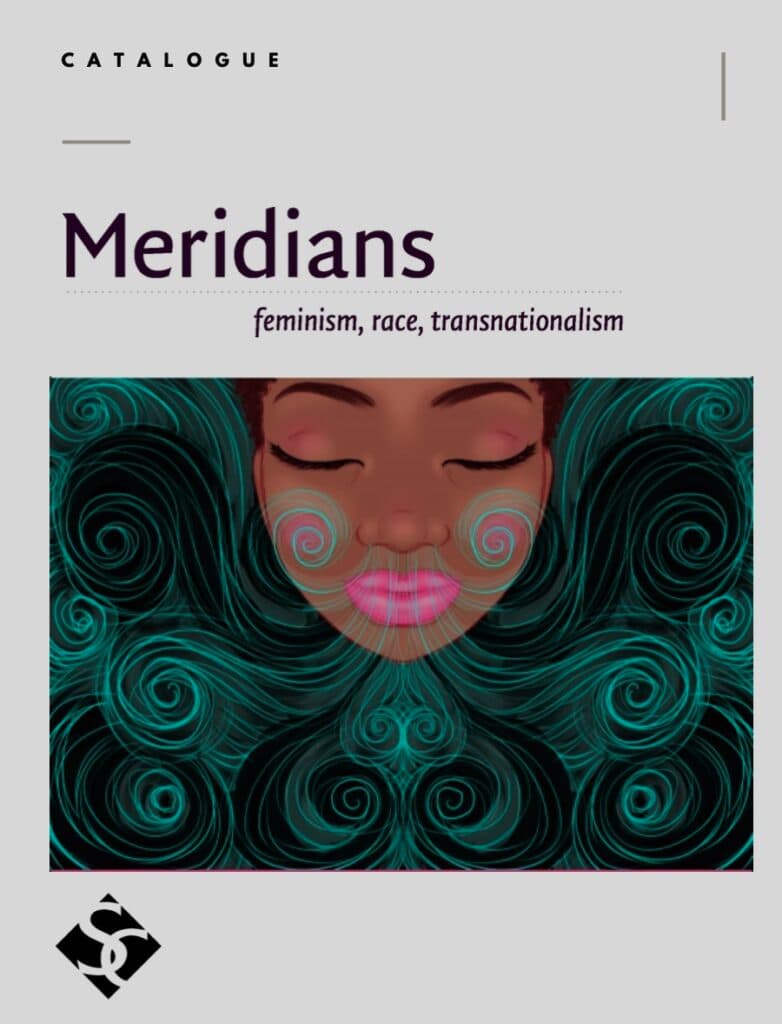Today, I started taking a course in Human-Computer Interaction. This is an area of great interest to me, and something I wish I had spent more time on in college, particularly given what I ended up doing after college. Hindsight is of course 20/20!
I’m just now working through the introductory section of the course, so I’m sure I will have a lot more to say about the material in the future, but for now the most interesting thing about this course is that it is entirely online, in video format. It’s part of a new online course format developed by Stanford University and hosted on Coursera, a beta online course system. So each week, there are videos to watch that are developed by a Stanford professor who teaches a similar traditional course, and student performance is evaluated by quizzes and projects.
There are actually a number of these courses launching now and in the next few weeks to months, on a variety of topics, but Human-Computer Interaction is the one that initially caught my eye and I think it’s particularly intriguing to be working through a class on human-computer interaction in a format that requires human-computer interaction. I’m constantly thinking about the way people and computer systems interact–user experiences and information architecture are a significant part of what I offer to clients who are developing new websites or updating current ones, and this area is one where my background in psychology crashes headfirst into my experience with computing and the internet–and the subject of the course basically guarantees that I’m going to be constantly assessing the user interface of the course while I’m taking it. So far, it appears to be remarkably good. The videos are paced well, edited well, and options are readily available for closed captioning in a number of languages.
My hope for this class is that it will help round out my background in human-computer interactions, gelling my psychology and user experience design backgrounds into something more than the sum of their parts. I’m also hoping to gain a more complete understanding of the design and development process and its pitfalls and opportunities.




